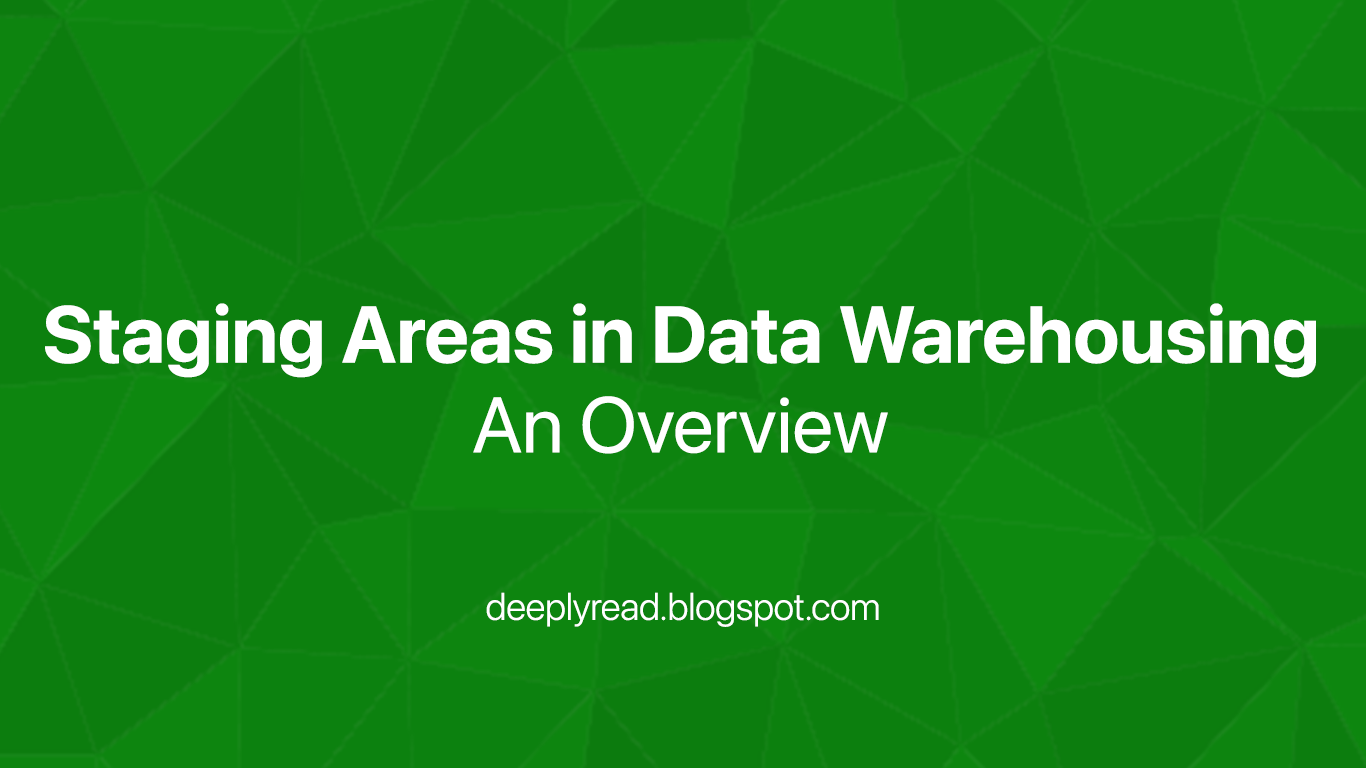A staging area is a crucial component in the data warehousing process that acts as a temporary holding area for data. It provides a platform for cleansing, transforming, and preparing data before it is loaded into the data warehouse.

Purpose of Staging Areas
The main purpose of a staging area is to serve as a buffer between the source systems and the data warehouse. By doing this, the staging area reduces the impact on the source systems and minimizes the risk of data loss during the data integration process.
Additionally, staging areas allow for data validation and quality checks, making it easier to identify and correct any errors in the data before it is loaded into the data warehouse.
Key Features of Staging Areas
Some of the key features of staging areas include:
- Data isolation: The staging area is separate from the source systems and the data warehouse, allowing for data to be manipulated without affecting the source systems or the data warehouse.
- Data transformation: Staging areas provide a platform for transforming and standardizing data to meet the requirements of the data warehouse.
- Data reconciliation: Staging areas enable data reconciliation and data quality checks, helping to ensure that the data loaded into the data warehouse is accurate and consistent.
True Statement About Staging Areas
The true statement about staging areas is that they provide a platform for cleansing, transforming, and preparing data before it is loaded into the data warehouse.
By utilizing a staging area, organizations can ensure that the data loaded into the data warehouse is accurate, consistent, and of high quality, ultimately improving the performance and reliability of the data warehousing process.